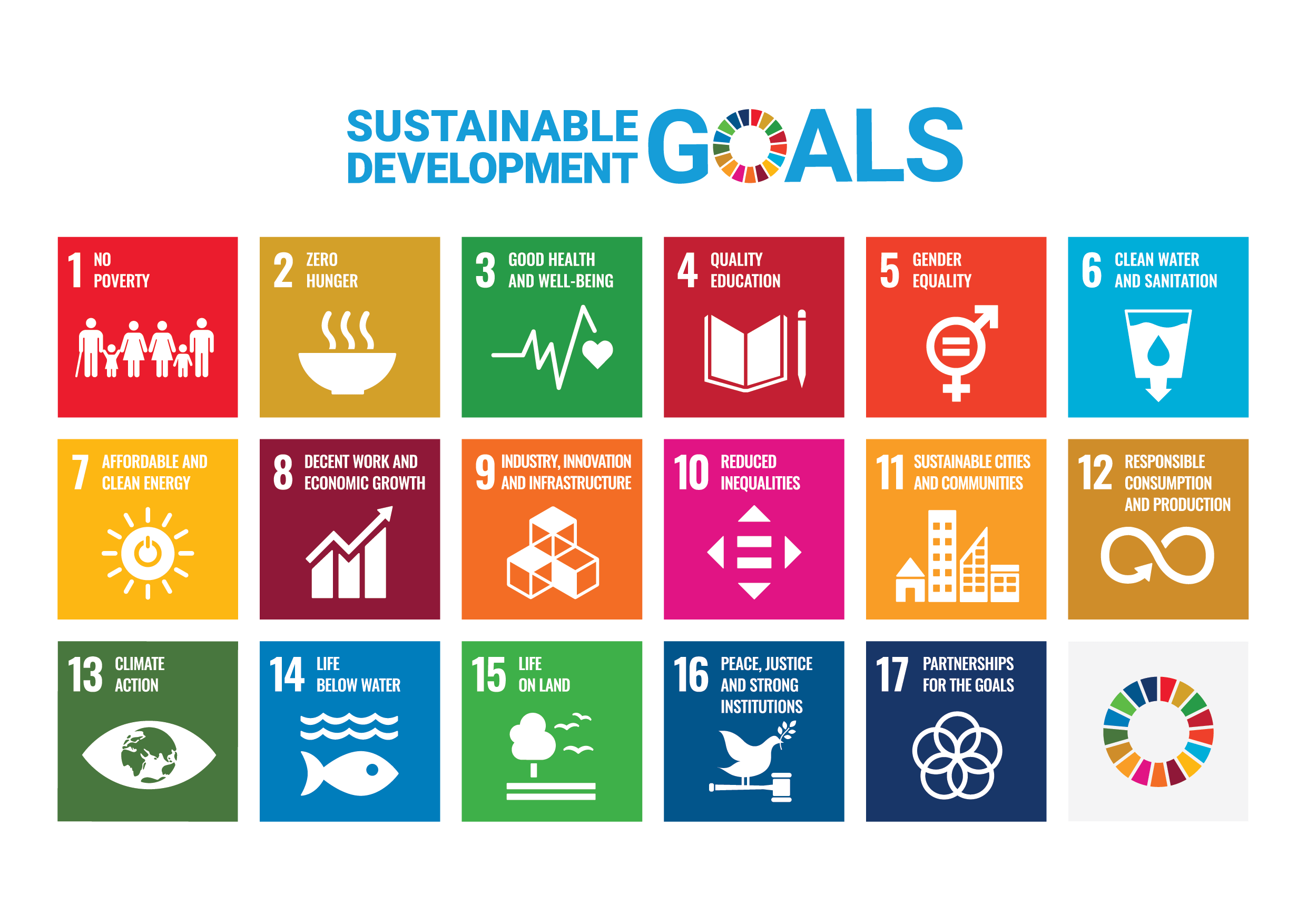
This piece was written and provided by FTMA Principal Partner, MiTek Australia.
In January 2015, United Nations provided and shared a global blueprint for peace and prosperity of global community and our planet. At the core of this blueprint were 17 SDG [Sustainable Development Goals] which are an urgent ‘call for action’ by all the countries on our planet. These goals seek to establish sustainable global development through strategic collaboration amongst businesses, corporations, and governance.

During climate change conference addressing SDG 13, held at Egypt in November 2022, Australia joined the International Net Zero Government Initiative. As a part of this initiative:
- Australian Public Services will lead by example and reduce carbon emissions across all government operations.
- Governance will legislate reduction in carbon emission by 43% by year 2030 and achieve net zero by year 2050.
This means that appropriate regulations will be introduced in the economy to reduce carbon emissions. Building Industry is one of the largest drivers of Australian economy. Consequently, NCC is now enforcing energy efficiency and proposing requirements to measure carbon impact of each build on the environment during building consent process.
So, now we hear phrases like LCA, EPD, Carbon Calculations and Carbon Credits in building industry.
What do these terms mean?
Every industrial or economic activity causes emission of greenhouse gases [GHG] in environment, carbon-di-oxide being far the largest followed by methane and nitrous oxide. These gases alter earth’s environment and cause climate heating or cooling which in turn affects our natural resources, especially forests, water bodies, food and crops, hence our very existence on this planet.
- Life Cycle Analysis [LCA] means, analysing the life cycle of building products and measuring how much carbon as GHG is emitted in the environment during the manufacture of that building product, starting all the way from mining of ore or harvesting of a tree. This carbon emission is the carbon footprint of the building product aka Embodied Carbon. Example of building product can be pre-mix concrete, steel rod, steel strap, a UB or PFC, roof tile or a roof sheet, a wall frame, a roof truss, or a tilt up concrete panel.
It’s worth noting that some building materials like timber, suck out carbon-di-oxide from environment during their life cycle (tree phase) and store it as carbon in its natural fibres. Hence, such materials are more environment friendly when compared to other building materials. We call this process sequestration, and this sucked carbon when locked in the material is called Biogenic Carbon. This biogenic carbon is measured as negative carbon footprint.
- Once the LCA has been completed on a building product, the analysis is presented in a globally accepted format and that report is called Environmental Product Declaration [EPD]. The format and structure of LCA or EPD is governed by ISO 14025, ISO 14040, ISO 14044 and EN 15804. LCA is a specialized consultation and is carried out by environmental subject matter experts.
- Once EPD on building materials is produced, it is hosted on international databases and one such database is EPD Australasia. From here, a Carbon Calculator can be created, which would pick up appropriate data from building material EPDs and multiply those numbers with quantity of materials used on a build project, thus producing a report on how much carbon is embodied in a building.
- A designer may now use this tool for decision-making on his projects, decisions such as choosing lowest carbon impact building materials in a structure.
- A quantity surveyor may now use this tool to produce embodied carbon report for a builder (for building consent or for claims of carbon credits).
Once building is commissioned, it starts breathing and starts emitting more carbon in environment. This emission starts adding to carbon footprint of the building. This is where energy efficiency regulations of NCC optimize climate impact by introducing star rating.
We as an industry, are still unlocking mysteries on various pathways and legislative frameworks in the process. There is substantial learning ahead of us, certainly a new perspective on more sustainable and environment friendly builds. In short, this is an exciting journey ahead of us.
As someone said “We only borrow present from our future. It is our responsibility to use it wisely as our future will hold us accountable”.
Current evolution in building industry may seem uncomfortable but we are sure it is a step in the right direction. What it means for your business? We are not certain on that yet, but it is worth a conversation and some understanding. So, pick the phone and reach out to your industry experts.
Our Principal Partners



